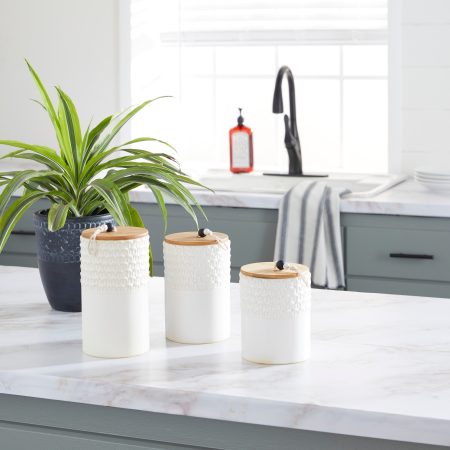How Much Space Does Your Kitchen Island Really Need?
Kitchen islands come in all shapes and sizes, and they have all sorts of features – from sinks to dishwashers to seating areas. But one thing they all have in common is that they take up a lot of space. So, how much room do you really need for a kitchen island?
Read on and we’ll take a look at all of those factors and help you determine how much room you need for your kitchen island.
How Much Space Do You Really Need?
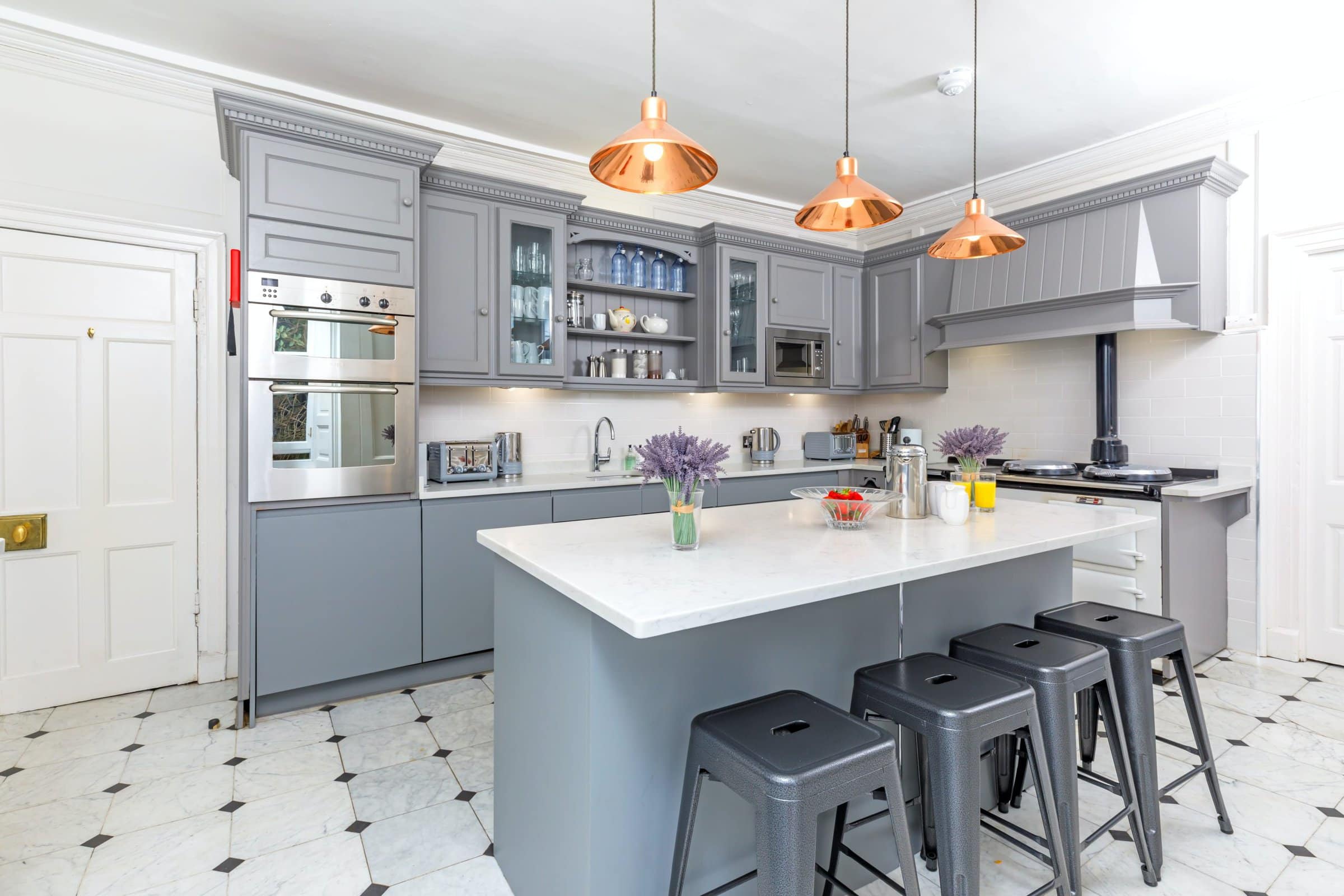
Follow the Golden Rule
You don’t want your kitchen to be so small that you can’t move around, but you also don’t want it to be so large that you’re constantly running into each other. So, what’s the ideal kitchen island spacing?
A good rule of thumb is to allow for at least 36 inches of space on all sides of the island. This will give you plenty of room to move around, without feeling like you’re constantly running into your cabinets and family members.
Remember, this is the minimum, and you may likely need more space than that! You might even need as much as 48 inches between the island and the countertops, depending on the size of your kitchen and how much room you want to work with.
Of course, the size of your island can scale up or down depending on how much open space you have available in your kitchen. But in general, stick to the minimum 36-inch rule and you’ll be able to avoid any unfortunate surprises after the island is installed.
Don’t Forget Your Appliances
Of course, the 36-inch rule won’t work for every kitchen—the layout and size of your kitchen appliances will make a huge difference in the amount of space you need around your island.
When you’re planning out your island size and placement, be sure to stand around the appliances in your kitchen (specifically the fridge, dishwasher, and oven). You should be able to easily open all of your appliances without the doors bumping into the sides of the island.
But don’t plan on having just enough space to open the doors— you should also have enough clearance to easily walk around the door while it’s open. If you have a large kitchen, you may even want to allow for enough space for more than one person to stand around the appliance.
Once you’ve got the measurements of your appliance doors and add at least another foot to allow for surrounding traffic, you’ll have a better idea of just how much space you’re really going to need.This measurement may be much more than 36 inches, or it may even be a little less, depending on the layout and size of your kitchen.
How Much Space is Too Much?
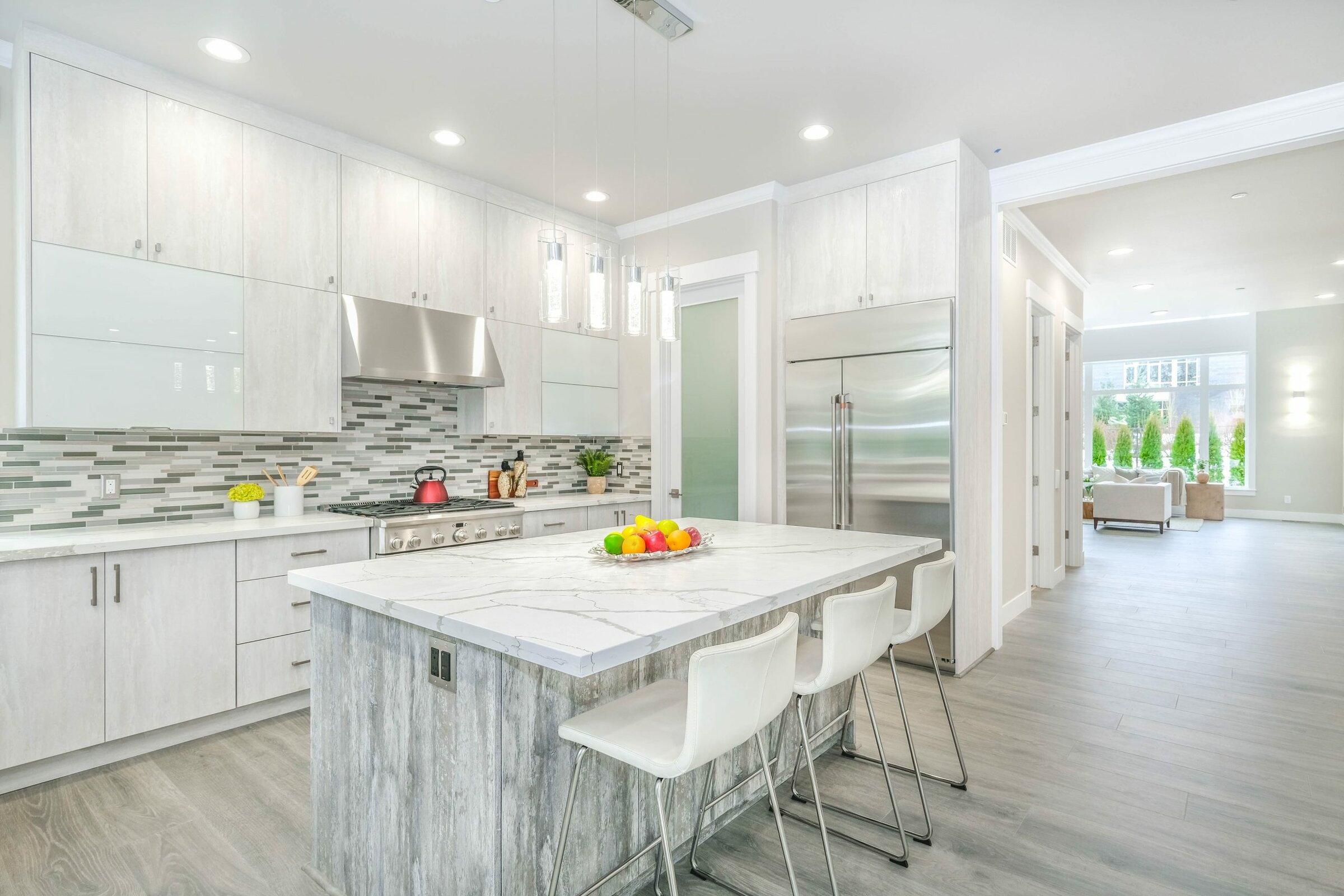
The idea may seem ridiculous at first, but you actually can have too much space in between your kitchen island and countertops. Islands are only useful if they can work with the rest of your kitchen and your workflow.
Think about how you plan to use the kitchen. Do you plan on chopping up veggies on the island before instantly turning around to dump them in a pot? Then you want to make sure the island and countertops are within arm’s reach of each other.
If the kitchen is too far away from the rest of your workspace, you’ll quickly find yourself wasting time moving back and forth across the kitchen, or being unable to reach something when you really need it.
Choosing the Right Kitchen Island for Your Space
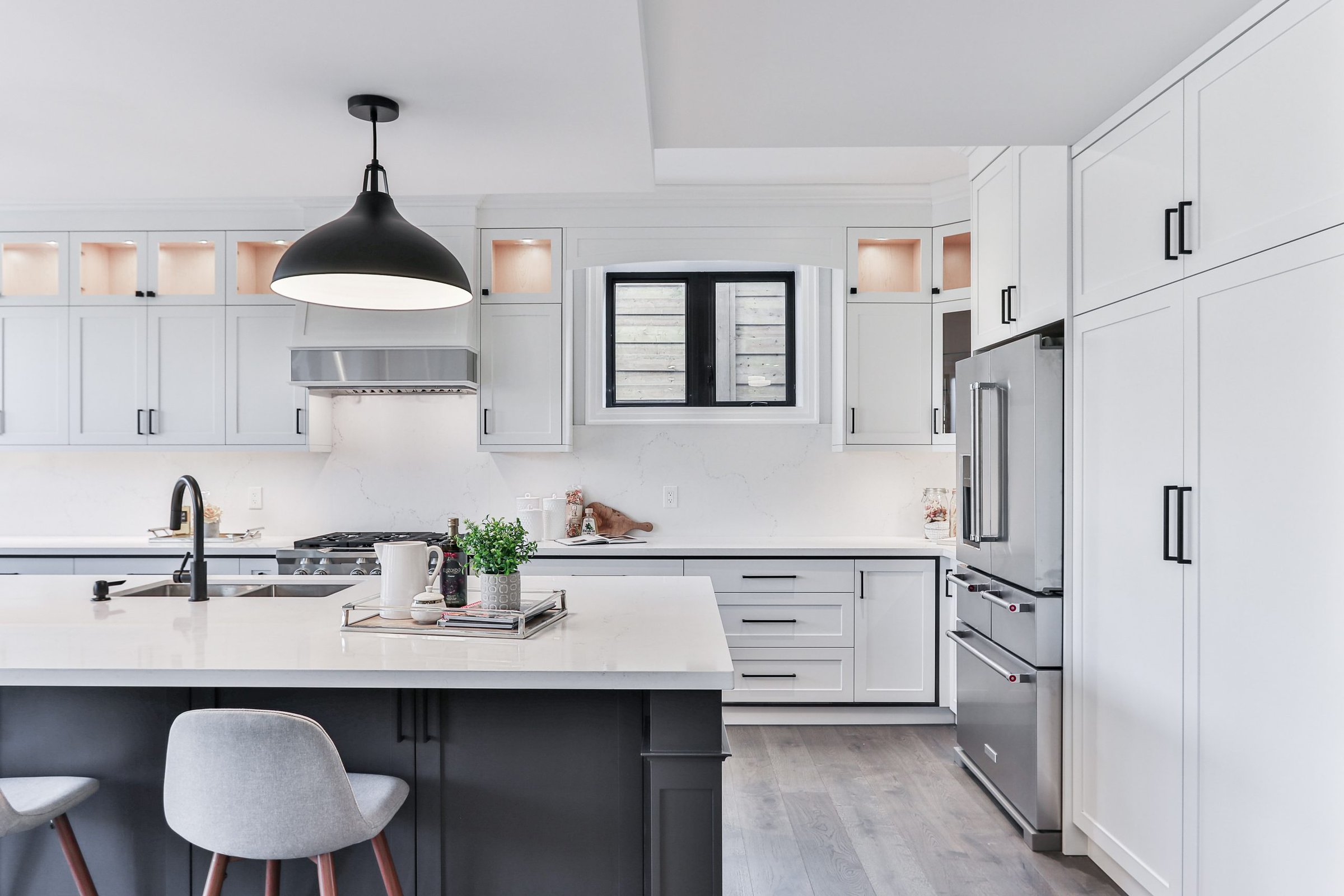
Okay, so now you know how much space you need to comfortably place an island in your kitchen. Now it’s time to determine how much available space you have to work with.
Determining the Size of Your Kitchen Island
Take thorough measurements of the entire kitchen area where you have available floor space. Now, draw out a diagram of the area on a sheet of graph paper, or use a drafting app or software, if you prefer.
Once you’ve drafted your kitchen’s area, you should have a generally square or rectangular space to work with. Now, draw another square or rectangle 36 inches smaller than the borders of your kitchen. This is the maximum amount of space you can use for your island.
Of course, you can always make your island smaller if you want to, especially if floor space is at a premium. The choice is yours.
Focus on Traffic
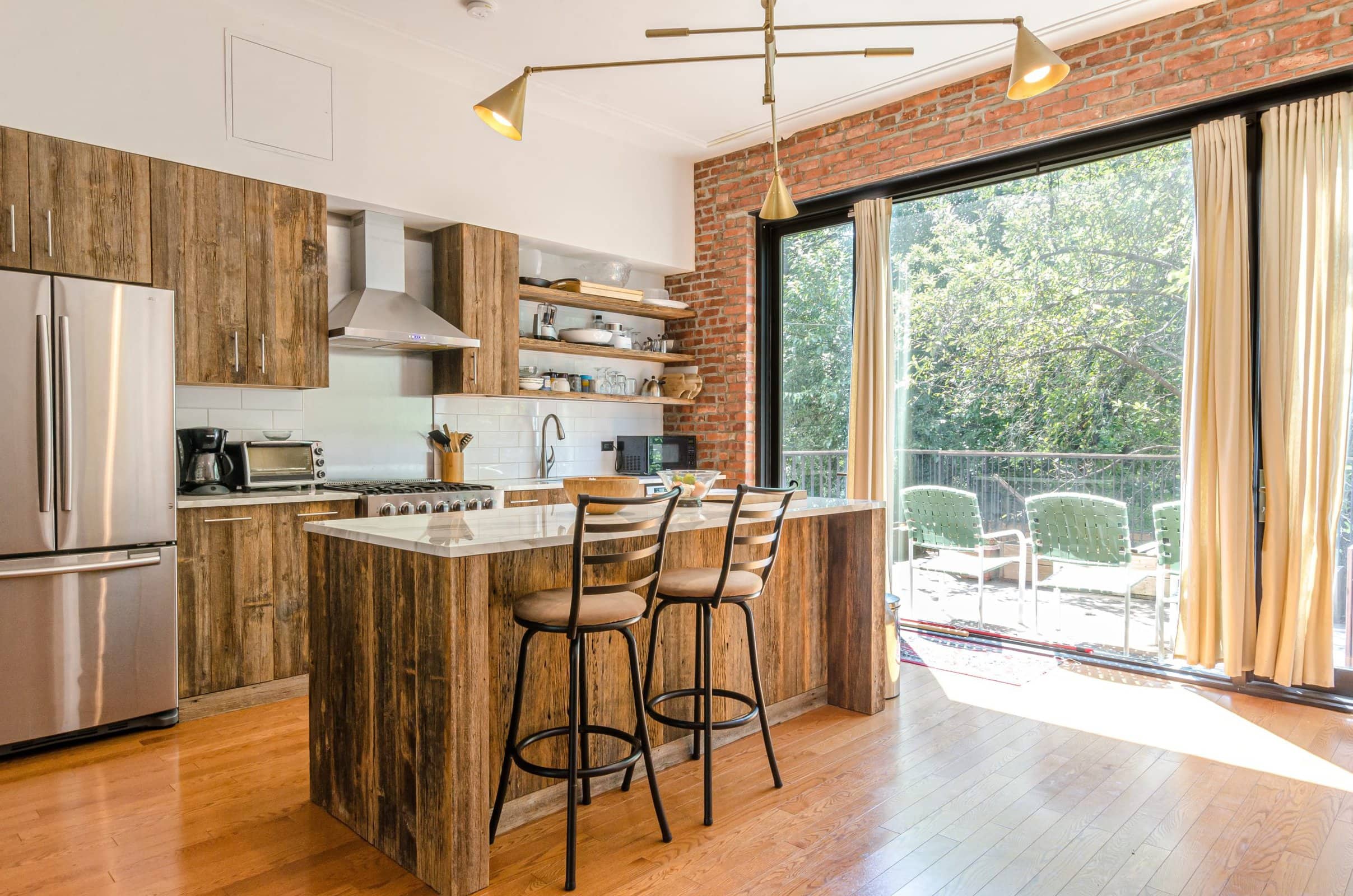
When you’re trying to determine the placement of your kitchen island, it’s so important to be aware of how you use the space right now. The last thing you want is to add an island where you’re used to walking—causing you to bump into the island at every turn.
Here’s a trick to help you visualize your island: using masking or painter’s tape, mark the borders of your kitchen island in the place you want to put it, and leave it there for a day or two while you use your kitchen like normal.
During this time, take note of how often you step on or inside the lines of the tape. This will give you a good idea of whether the island will be in the way and a threat to your toes, or if it will sit nicely in the middle of your traffic flow.
Kinds of Kitchen Islands
If you’re going to install an island in your kitchen, you should consider the kinds of kitchen islands available to you.
Rectangular kitchen islands are standard, since most kitchens are some form of rectangular shape. They are available in practically any size you may need, and they offer extra storage or seating.
If you need more flexibility in your kitchen and have a small space, consider installing an island with a drop leaf. When you’re done eating or cooking, you can fold it away so you’ll have more space when you need it.
What if your kitchen is an unusual shape and you need your island to be a bit more forgiving? Then a curved or L-shaped island may be just what you need. The island can bend with the shape of your kitchen so it doesn’t block your work space.
Why Does the Size of Your Island Matter?
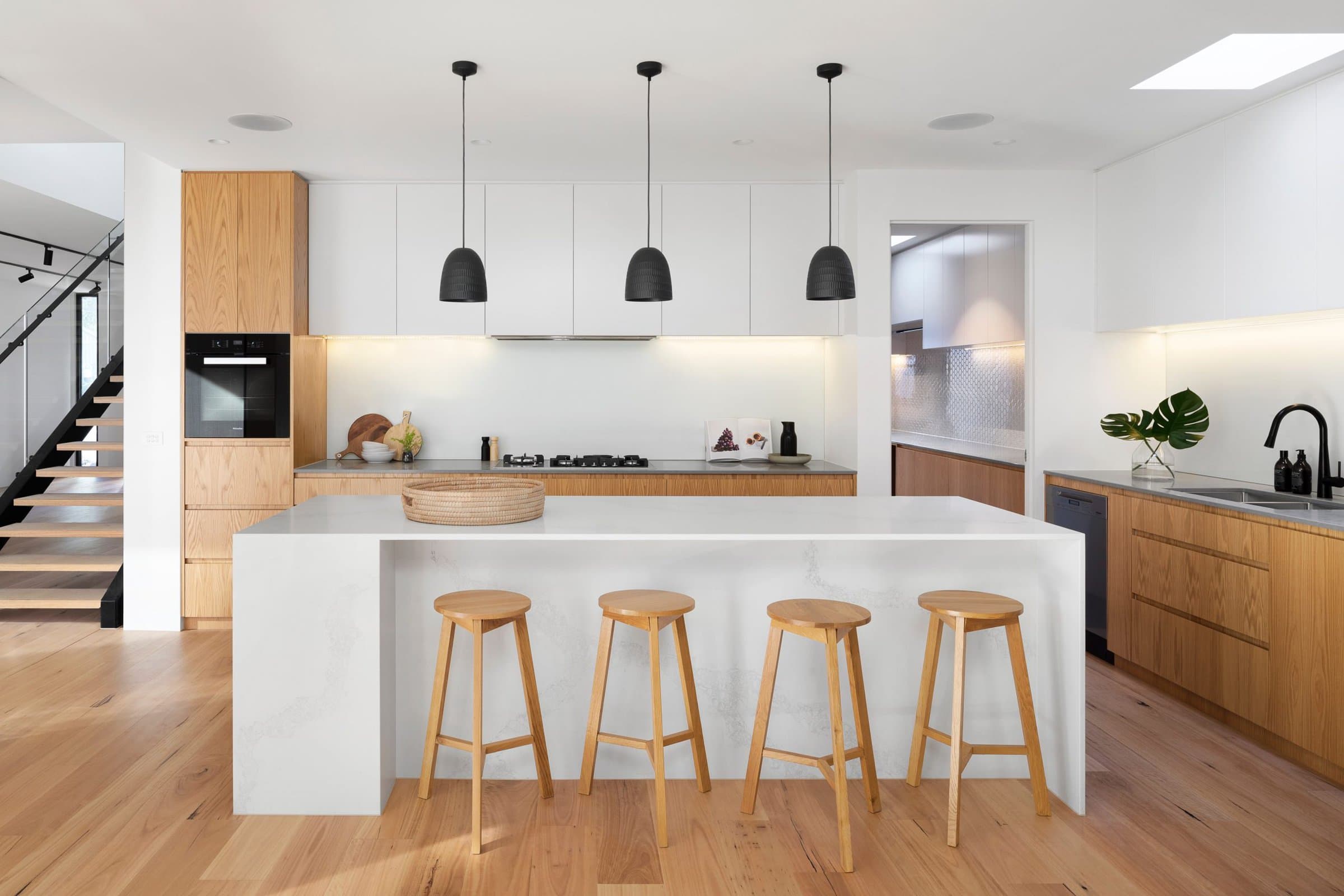
It may not seem like it at first, but there’s actually a whole lot of planning that goes into installing a kitchen island. You’re going to need to take into account the size of your kitchen and how much space you’ll need to easily move about your space.
The last thing you want or need is a cramped kitchen that doesn’t allow for easy movement and traffic. So the size of your island should be determined by the available space you have in your kitchen, as well as the general foot traffic flow of the room.
Can You Actually Fit an Island in Your Kitchen?
A kitchen island is a significant addition to your kitchen, and it needs to fit comfortably into the space. If your kitchen is on the small side, you might be better off without an island.
If you have a galley kitchen, for example, an island would just get in the way. The same is true for L-shaped kitchens. In these cases, it’s better to focus on other storage and work surface options, such as a kitchen cart or a butcher block.
But if you have a large kitchen with plenty of space to move around, a kitchen island can be a great addition. It can provide extra storage, extra prep space, and a place to eat or entertain. So, how do you know if you have enough room for a kitchen island?
Conclusion
Who knew there was so much to consider when adding an island to your kitchen? Hopefully with these simple tips and tricks you’ll have a much better idea of how much space you’ll need around your kitchen island, as well as where to place it and how large it should be.
Remember that the 36-inch rule is a guideline, and the actual clearance area will depend on your own personal preferences and needs, as well as the initial design of your kitchen. Use this advice as a starting point to build a kitchen that serves you and your family well!

